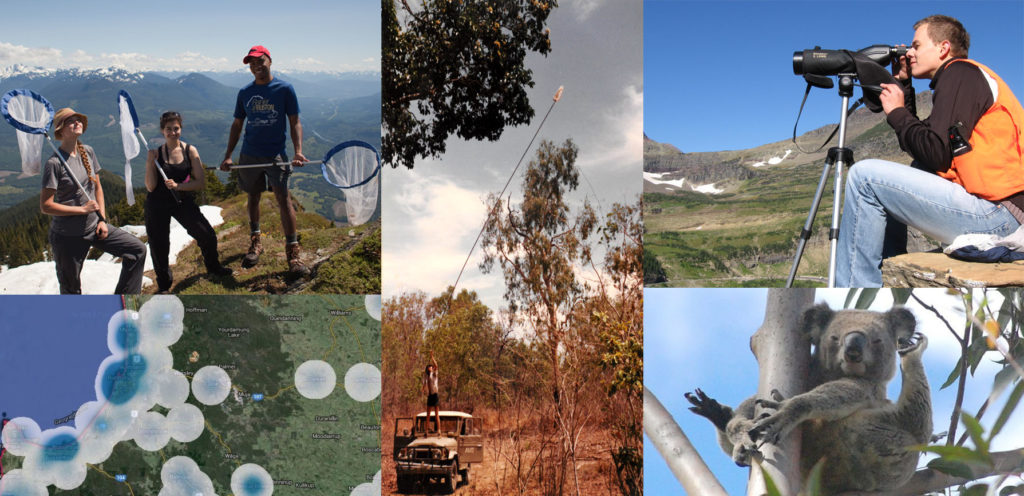Citizen Science – the New Force in Biodiversity Data

Dr Ken Walker
Senior Curator of Entomology, Museums Victoria
Citizen science has been around for over 100 years – the annual Audubon Christmas Bird Count has now been running for 116 years and has amassed an amazing amount of valuable data. Last year almost 70 million birds were counted. But it was the advent of the internet and digital camera in the mid-1990s that saw citizen science become a mainstream activity for naturalists and people interested in documenting nature.
Museums are wonderful archives of past dataset – where did species occur and when? However, Museums are quite deficient in distributional data showing where species occur today. These knowledge gaps are now being filled by citizen science.
There are two forms of citizen science – Participatory and Opportunistic. These forms of data collection suit the needs of people in different ways and they are discussed in detail during the talk. One of Dr Ken Walker’s favourite sayings is “Show me what animals or plants occur in your backyard.” His talk will discuss some of the many incredible discoveries made by citizen science in the past few years in a museum-built citizen science website called “BowerBird”.
E.O. Wilson once wrote: “Knowledge does not become science until it is shared.” Shared data is the greatest strength of citizen science.
ABOUT THE SPEAKER:
 Dr Ken Walker has been Museums Victoria’s entomologist now for over 36 years. His field of research is the study of the taxonomy and biosystematics of Native Australian bees of which there are almost 1,700 species. Ken helps to manage an insect and arachnological (spiders, ticks, mites, scorpions, centipedes, millipedes etc) collection of over 2.5 million specimens which is used extensively and regularly by researchers, scientists, doctors, hospitals, pest company operators as well as members of the general public. This collection is the best insect identification resource in Victoria. Ken has also contributed to several major Museum exhibitions – the one on show at present is called “Bugs Alive!” which has proved to be one of the Museum’s most visited exhibitions.
Dr Ken Walker has been Museums Victoria’s entomologist now for over 36 years. His field of research is the study of the taxonomy and biosystematics of Native Australian bees of which there are almost 1,700 species. Ken helps to manage an insect and arachnological (spiders, ticks, mites, scorpions, centipedes, millipedes etc) collection of over 2.5 million specimens which is used extensively and regularly by researchers, scientists, doctors, hospitals, pest company operators as well as members of the general public. This collection is the best insect identification resource in Victoria. Ken has also contributed to several major Museum exhibitions – the one on show at present is called “Bugs Alive!” which has proved to be one of the Museum’s most visited exhibitions.








